20 Rules For Black Women in the 1950s
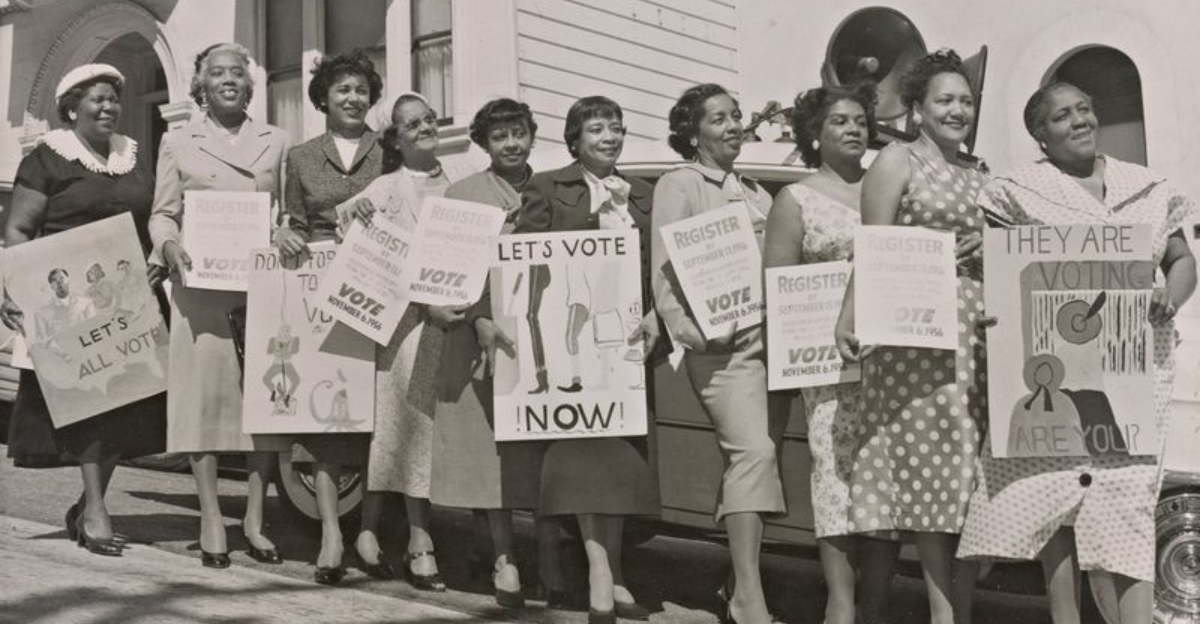
Ever wondered what life was like for Black women in the 1950s? Picture a world where societal norms were stricter than a librarian on caffeine. They faced a unique set of rules that might seem unfathomable today.
This blog post explores the shocking, sometimes bizarre, rules that dictated their everyday lives.
1. Dress Codes: Keeping It Conservative
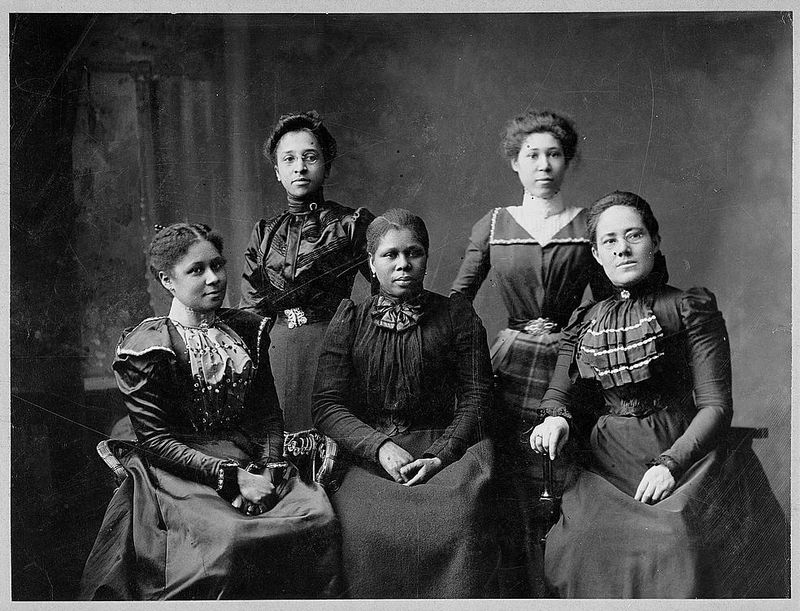
If clothes could talk, they’d surely have a few complaints about the 1950s! Black women were expected to dress conservatively, often in dresses that covered knees and shoulders. Picture this: a wardrobe where modesty was the ultimate fashion statement.
The pressure to conform was like a bad hair day—unwanted yet persistent. Ever tried running in heels? Now add stockings, and you’ve got a daily challenge!
2. Beauty Standards: A Curling Iron Affair
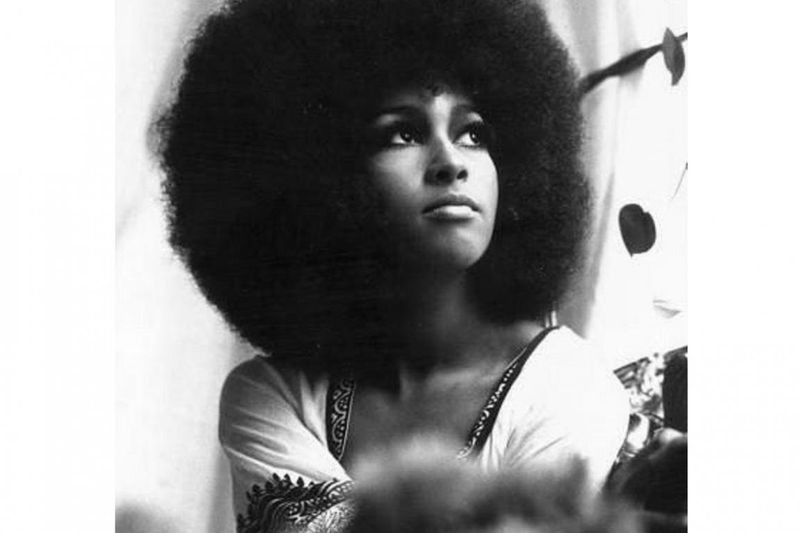
What if beauty standards were as rigid as a 1950s rockabilly hairstyle? For Black women, following beauty norms meant straightening natural curls. Imagine prepping for a party with a curling iron that was more foe than friend.
Oh, the irony! Hair was a battleground where every curl was a soldier, fighting for acceptance. Beauty salons became the haven for secrets whispered over hairspray clouds.
3. Education: The Separate and Unequal
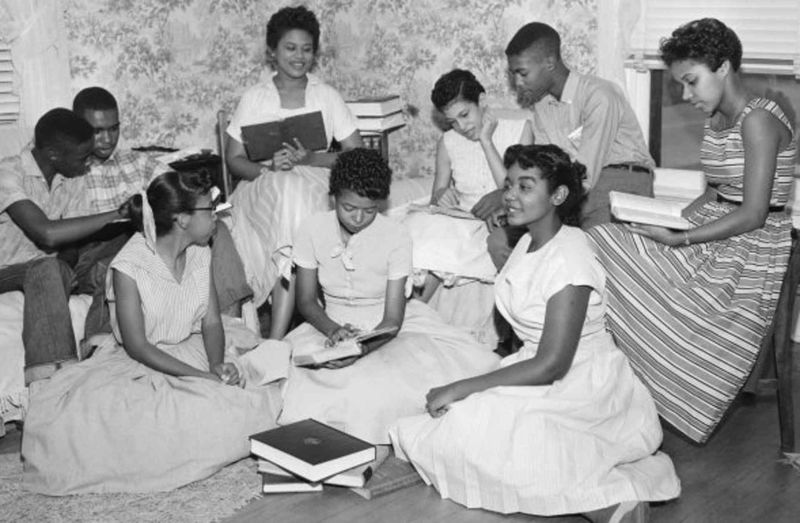
Education for Black women in the 1950s was like playing a game where the rules changed halfway through. Schools were separate and anything but equal. For them, it was a classroom where resources were as scarce as snow in July.
Yet, against all odds, these women pursued education with a tenacity that would make anyone proud. Learning was their secret rebellion.
4. Employment: The Job Jigsaw
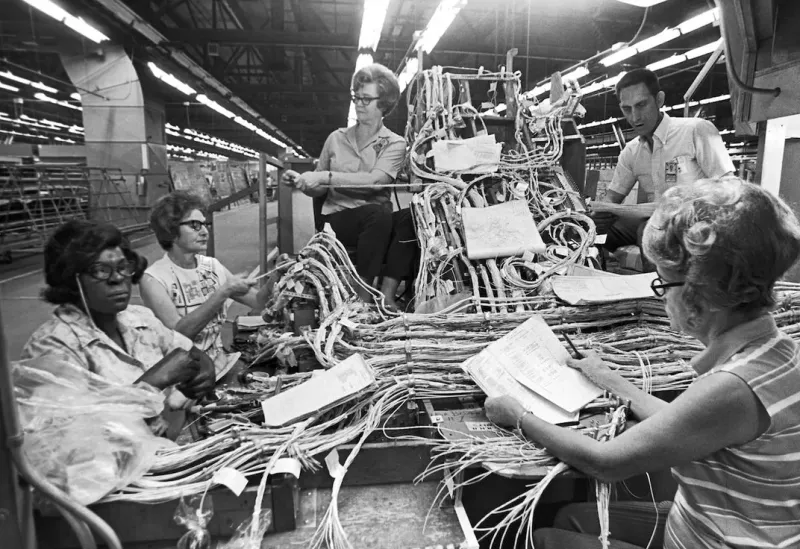
How to climb the corporate ladder with one hand tied? Black women in the 1950s faced limited job opportunities, often restricted to domestic or clerical roles. Imagine putting together a jigsaw puzzle with missing pieces.
Yet, in the face of adversity, they navigated the workplace with grace, often becoming the unsung heroines of their families.
5. Social Gatherings: The Unwritten Rules
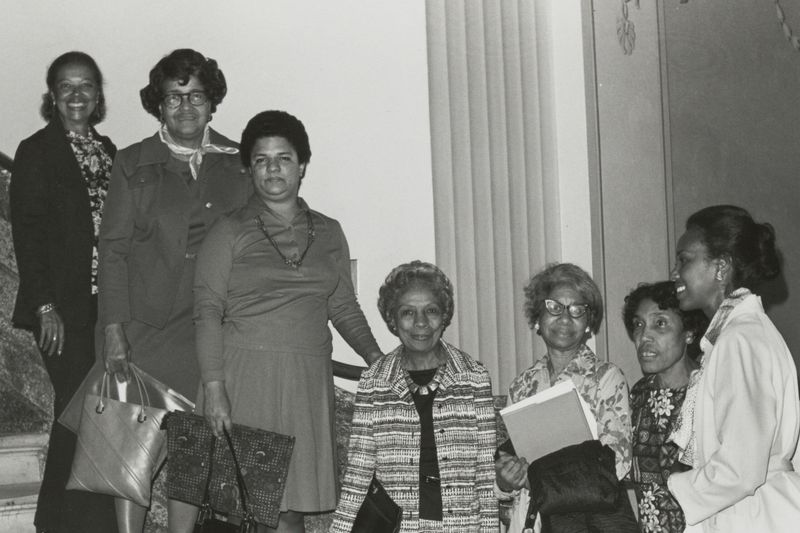
Black women had to follow a set of unwritten rules, ensuring they were ‘seen’ but never ‘heard.’ Every conversation was a tightrope walk, balancing politeness with assertiveness. It was like playing charades without the gestures.
Social events were arenas for displaying decorum, where silence spoke louder than words.
6. Marriage: The Matrimonial Maze
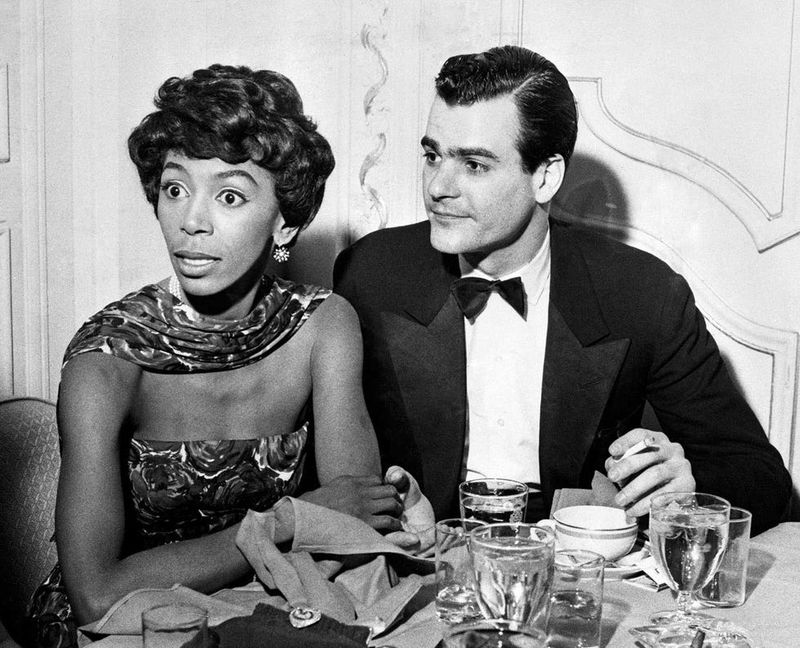
Though marriage might sound like a fairy tale, for Black women in the 1950s, it was a maze of expectations. From managing households to fulfilling roles as dutiful wives, they navigated this maze with grace and resilience.
Love was a complex dance, sometimes choreographed without their consent.
7. Church: The Sacred Sanctuary
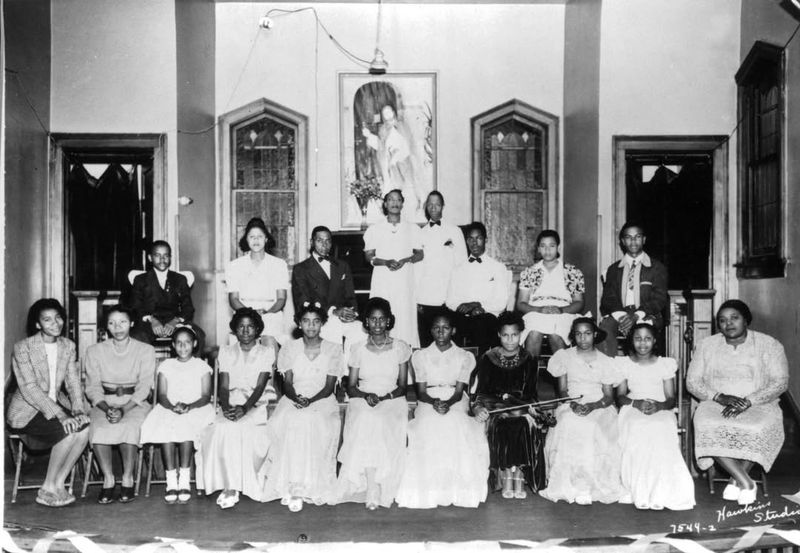
For Black women, the Church offered solace and a sense of community. Imagine a place where hymns resonated with hope and sermons echoed resilience.
Church was where they could express themselves freely, finding strength in faith. Every Sunday was a reminder of unity, a gathering where the spirit was as high as the steeple.
8. Travel: The Segregated Journey
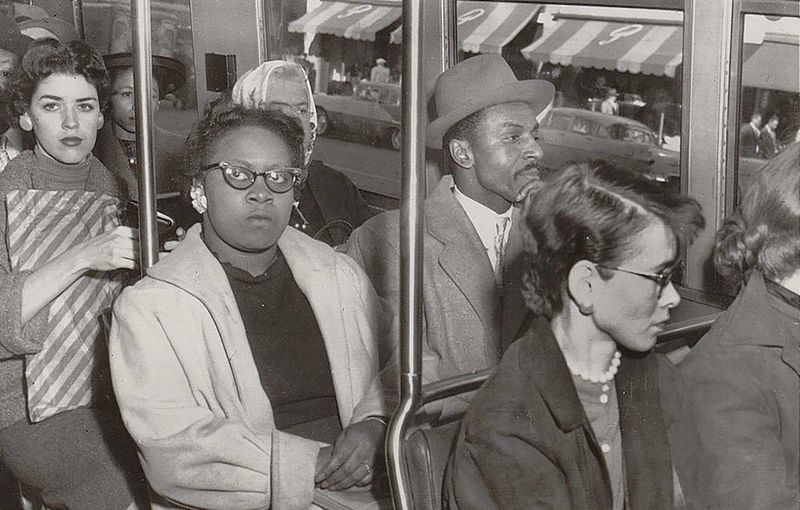
What if every journey felt like a maze with invisible walls? Traveling for Black women in the 1950s was a segregated ordeal. Rest stops weren’t always restful, and meals often came with a side of prejudice.
Yet, they ventured forth, their journeys filled with determination and courage, each mile a testament to their resilience.
9. Housing: The Unseen Boundaries

Ever tried to find a place that feels like home, but invisible barriers stand in the way? For Black women, housing was a battle against restrictive covenants. Imagine searching for a home where neighbors’ smiles were as rare as parking spots in a crowded city.
Yet, they created spaces filled with warmth and love, transforming houses into homes despite the odds.
10. Fashion: The Hat Affair
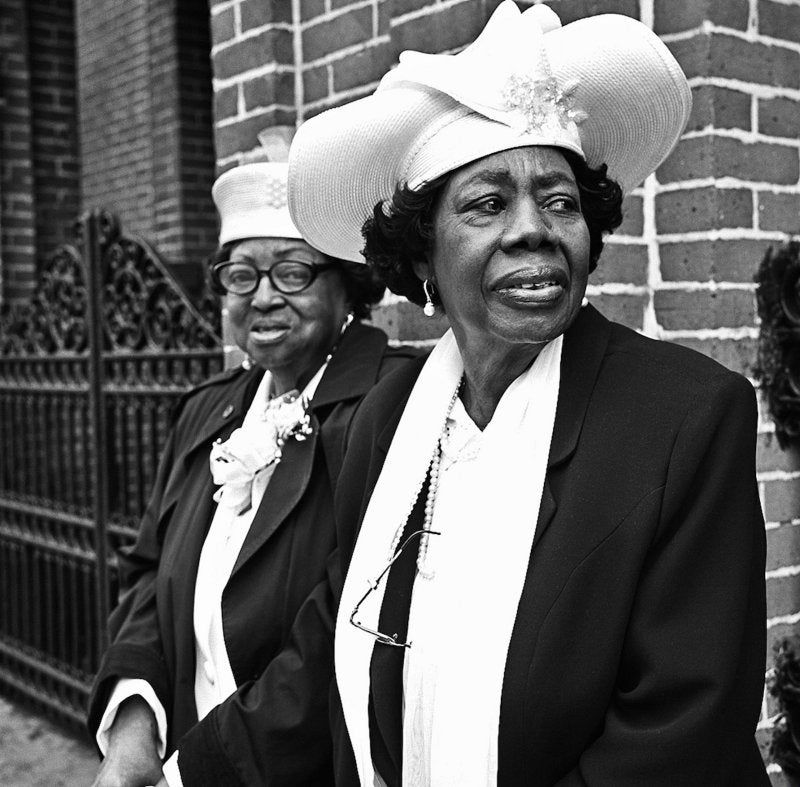
In the 1950s, Black women wore hats as symbols of elegance and rebellion. They were conversation starters, each brim and feather narrating a story.
Wearing a hat was a bold act of claiming space and identity in a world that often tried to stifle both.
11. Voting: The Silent Struggle
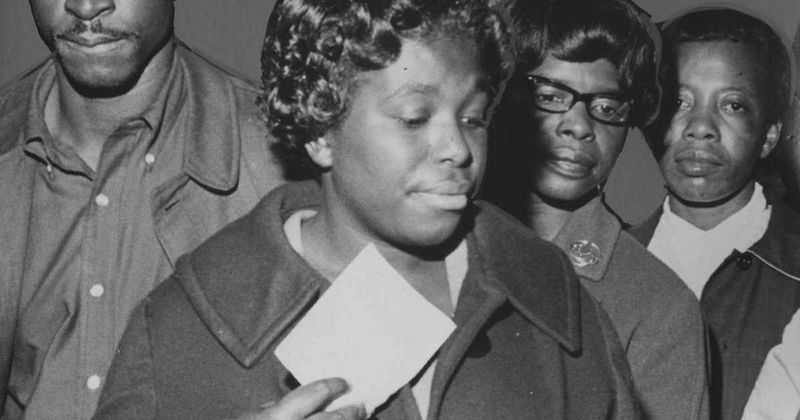
If voting were a game, it was one Black women played with obstacles at every turn. Casting a vote in the 1950s was a silent struggle against systemic barriers.
Yet, with determination as their guide, they made their voices heard, each vote a step toward change.
12. Healthcare: The Unequal Treatment
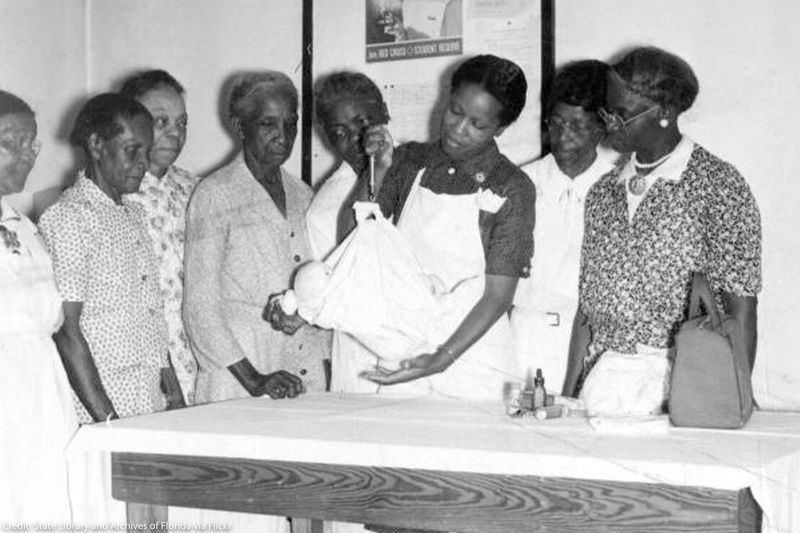
Healthcare for Black women in the 1950s was fraught with inequality. Imagine entering a clinic where empathy was in short supply. Yet, they persevered, often relying on community networks for support and advice.
Each visit was a reminder of the disparities they faced, but also of their unwavering resolve to seek better care.
13. Music: The Rhythm of Resistance
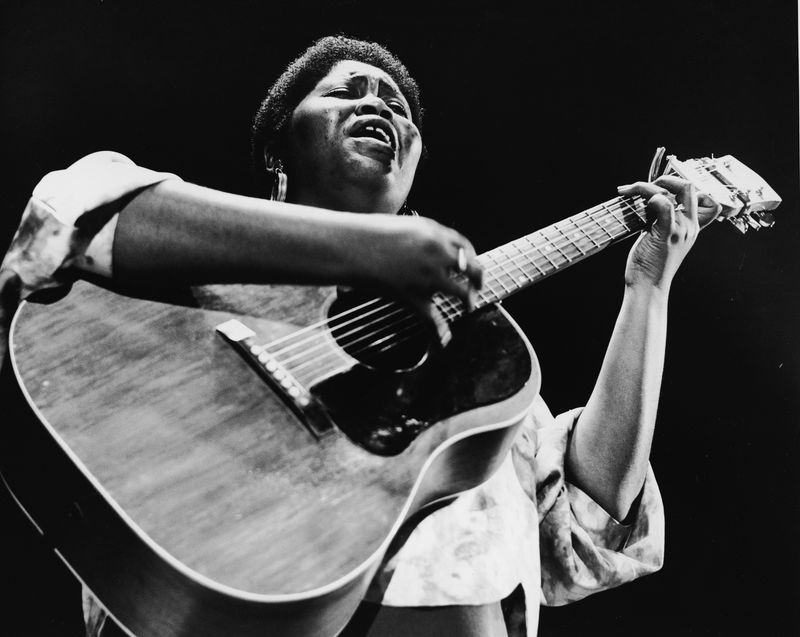
Music became the heartbeat of resistance for Black women. Imagine a smoky club where jazz notes danced in the air, a melody of defiance. Music was their voice, a way to express what words couldn’t capture.
Performing was a powerful proclamation: they were here, and they would be heard.
14. Literature: The Written Liberation
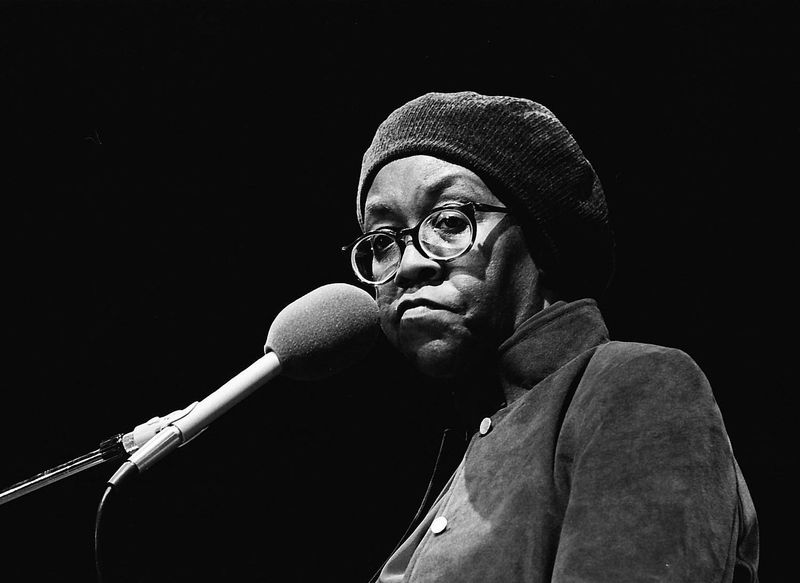
What if the pen were mightier than societal chains? For Black women, literature was a form of liberation. Picture a desk cluttered with papers, each page a step toward freedom. Writing allowed them to share stories, experiences, and dreams.
Books became their allies in the fight for equality, each word a spark in the darkness. Through literature, they carved a space in history.
15. Activism: The Frontline Fighters

How does one fight an invisible enemy? For Black women, activism was at the core of their existence.
They were frontline fighters in the battle for civil rights, armed with courage and conviction. Activism was not just an action but a way of life, a testament to their unyielding spirit and desire for justice.
16. Friendship: The Sisterhood Bond
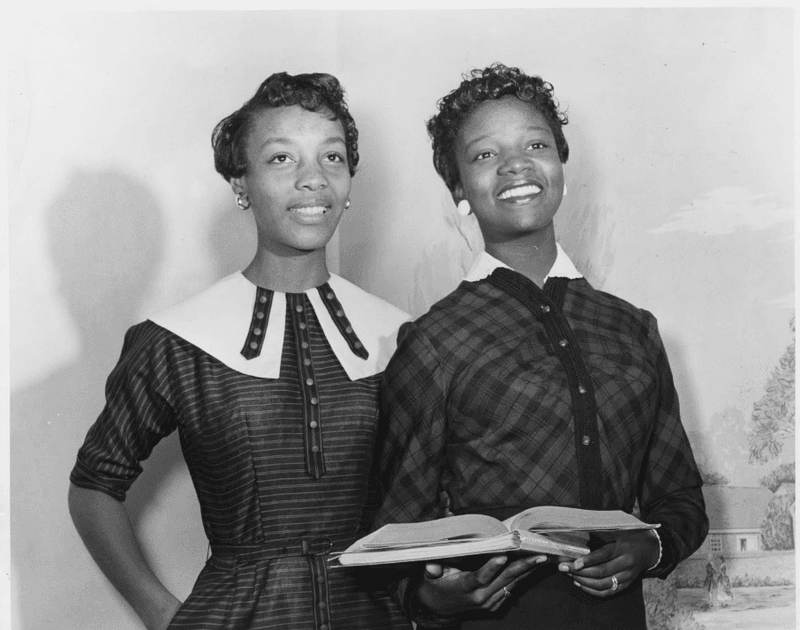
Where does one find solace and strength? In the bonds of sisterhood. Friendship for Black women in the 1950s was a lifeline, a network of support that transcended obstacles.
Together, they navigated life’s challenges, finding joy in shared experiences. Friendships were the threads that wove their community together.
17. Cooking: The Culinary Craft
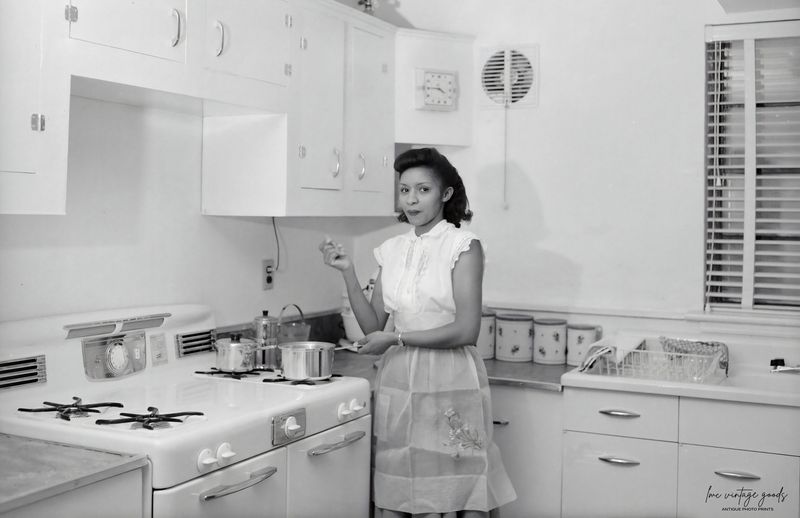
If the kitchen were a stage, Black women were the star performers. Cooking was a craft, a blend of tradition and creativity. Imagine a kitchen filled with aromatic spices, each dish a story passed down generations.
Meals were not just sustenance but expressions of culture and love. The act of cooking became a celebration of heritage, a delicious reminder of identity.
18. Sports: The Unrecognized Athletes
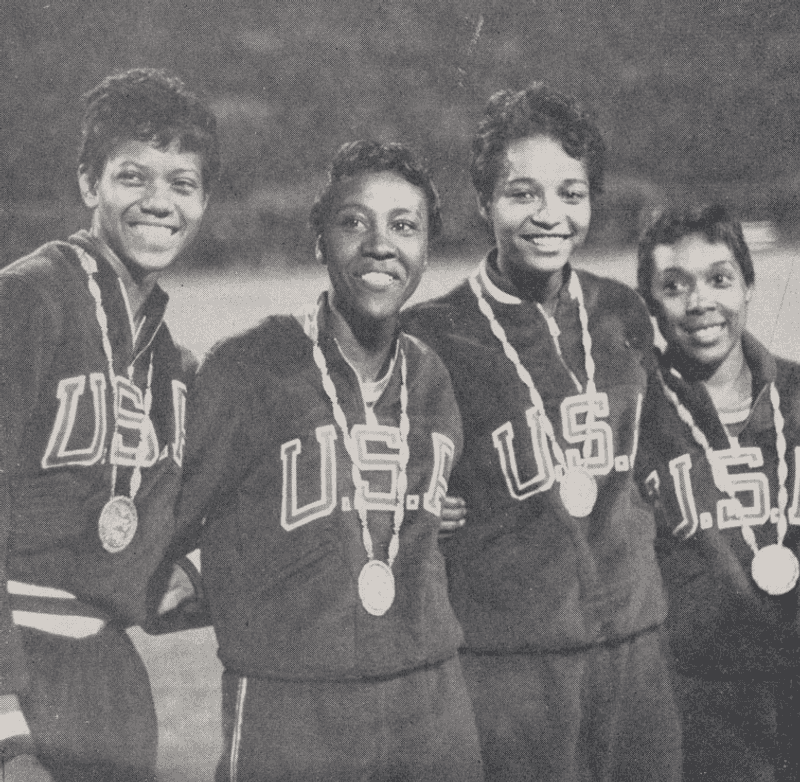
Sports offered a platform for Black women to shine, even if recognition was elusive. They broke barriers with each stride, setting records that were often overlooked.
Sports were a testament to their strength and resilience, a reminder that talent knows no boundaries. Every victory was a silent roar of defiance.
19. Art: The Canvas of Expression
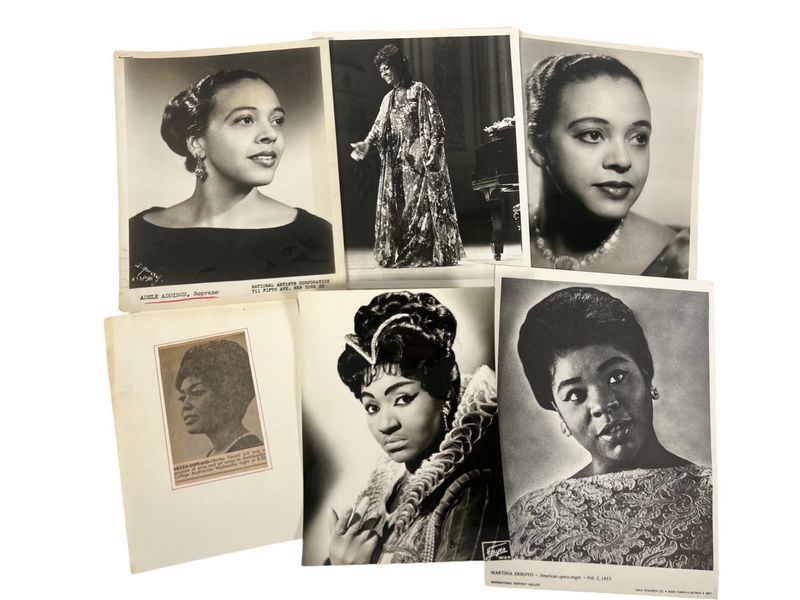
What if a canvas could capture the soul’s whispers? For Black women, art was a powerful form of self-expression. Imagine a studio where brushes danced across canvases, each stroke a dialogue with history.
Through art, they found a voice to convey their experiences and perspectives. Creativity became a means of empowerment, a way to challenge perceptions and inspire change.
20. Dance: The Joyful Rebellion
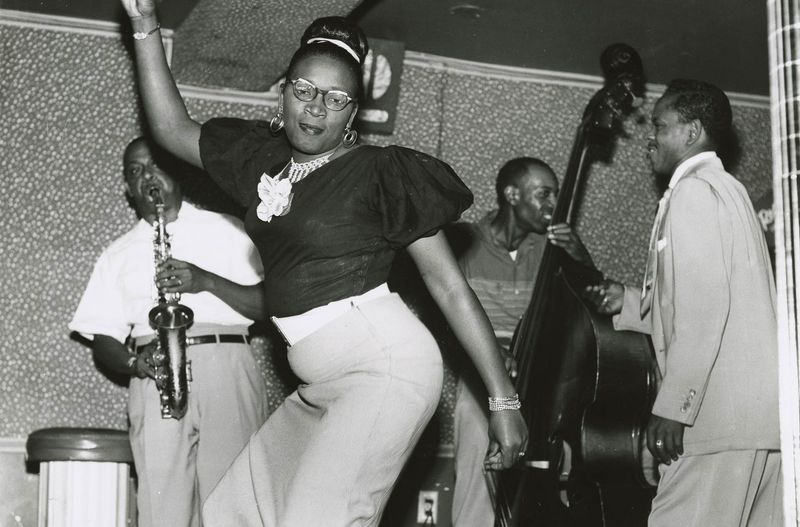
Dance was a joyful rebellion for Black women in the 1950s. It was an expression of freedom, a way to connect with others and celebrate life.
Each movement was a reminder of strenght, a testament to their unbreakable spirit. Through dance, they found joy and unity.
